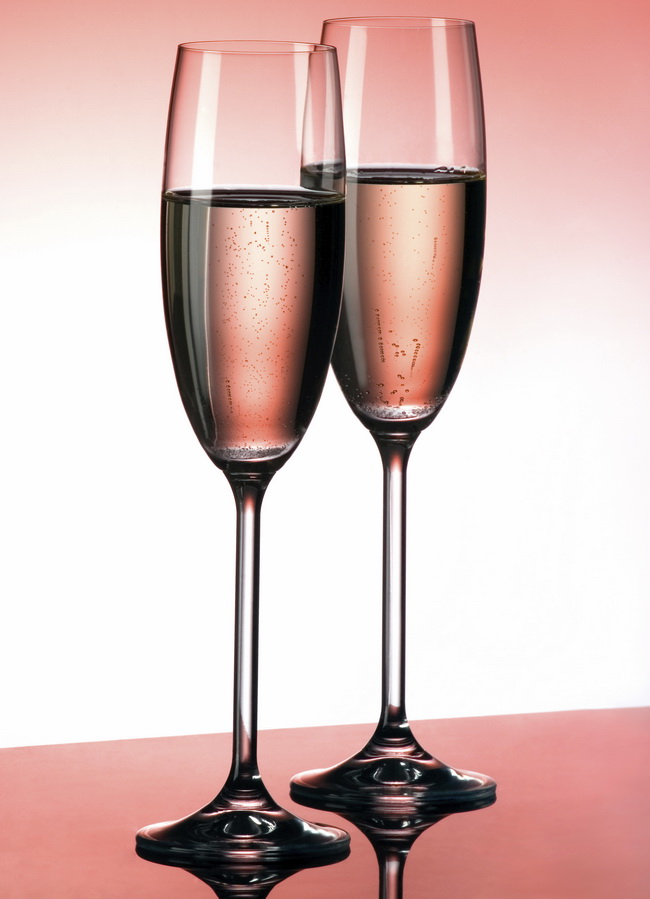 Rosé Champagne is often more expensive than white champagne because making it is more labor-intensive and time-consuming, and therefore, more costly to produce.
Rosé Champagne is often more expensive than white champagne because making it is more labor-intensive and time-consuming, and therefore, more costly to produce.
The most common method in Champagne is to blend non-sparkling red wine into the champagne.
The other approach is more difficult because it involves carefully limiting contact between the red skin and the juice during the part of fermentation called maceration (soaking the grapes in their own flesh, juice and skins to extract the colour, tannin and flavour compounds into the must or juice) to create the coveted pale salmon color known as oeil-de-perdrix or partridge eye.
About 99 per cent of grape juice without any skin contact is a clear-greyish colour.
Wine made this way has a more delicate flavor, whereas rosé made by blending in red wine has deeper, more robust red fruit aromas.
The main challenge with either approach is to create the same color year after year even though the blend of grapes changes. Champagne houses pride themselves a consistent house style.
Veuve Clicquot has a separate winery to produce the pinot noir wines to blend into its rosé. Nicolas Feuillatte Palmes d’Or Rosé limits the red skin contact on the clear juice to create its rosé, a prestige cuvée that the winery positions as a tet de cuvée like Dom Pérignon or La Grande Dame.
As a result of both cost and difficulty (and perhaps market misperceptions), Rosé as a style of champagne makes up less than 5 per cent of all production. The rest is blanc de blancs or blanc de noir champagne.
Rosé champagne has a reputation as an inferior wine because some of the first wines many people drank were saccharine pink fizz such as Cold Duck, just one step up from soda pop.
Good rosé is actually dry, crisp and full-bodied. Its aromas of strawberries and raspberries pair well with duck, game and salmon. Lovers of red wines often prefer rosé and blanc de noirs over blanc de blancs champagnes.
Personally, I love the naughty color of pink bubbly and its sexy short-dress raspberry aroma. It conjures up the decadence of a weekday afternoon picnic beside the Seine, eating caviar with the caped musketeer D’Artagnan.
Rosé champagne shouldn’t be confused with sparkling red wines, that are a deep saturated hue of red and are not made in the Champagne region.
Many red sparkling wines are made in New World regions, such as Australia and California. They may be made with pinot noir or pinot meunier, the traditional red grapes in the Champagne region, but they’re often made with other red wine grapes such as shiraz, cabernet sauvignon, zinfandel and merlot.
Domaine Chandon in Napa Valley makes a red bubbly with 68 per cent pinot noir, a link to their Champagne heritage as they’re owned by Moet & Chandon, but with a Californian twist by adding 32 per cent zinfandel to the blend.
Schug Winery in Carneros, Califoria, makes a Brut Rouge de Noirs with all pinot noir.
Sparkling Shiraz from Australia is a rare and exotic treat with cloved ham and Asian take-out, not to mention dark chocolate Santas.







